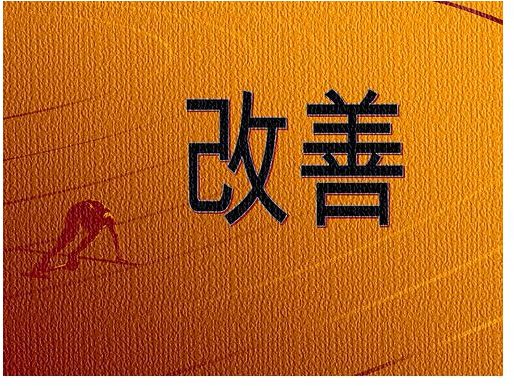Five Major JIT Principles To Improve Efficiency and Reduce Waste
JIT Principles
The core principle objective of Just in Time (JIT) is to improve process efficiency by eliminating waste. Toyota’s Fujio Cho defines waste as “anything other than the minimum amount of equipment, materials, parts, and workers, which are absolutely essential to production” (Suzaki, 1987). [caption id=“attachment_133089” align=“aligncenter” width=“640”] Just in Time manufacturing focuses on eliminating waste[/caption] The seven common types of waste identified by JIT include:
Just in Time manufacturing focuses on eliminating waste[/caption] The seven common types of waste identified by JIT include:
- processing waste
- waste due to idling time of machinery
- waste due to product defects
- waste of motion or faulty working techniques
- waste related to transportation
- waste from overproduction
- inventory waste
JIT principles focus on the elimination of waste by deploying tools such as total quality management, continuous quality improvement, focused factory, reducing setup times, flexible resources, group technology layout, and pull production system.
Quality at the Source (Jidoka)
Jidoka or ensuring quality at the source ranks amongst the major JIT principles. This principle entails identification and correction of problems at the manufacturing stage itself, as soon as it occurs. JIT provides for jidoka through automation that caters to the automatic working of the assembly line and complete shut down upon detection of error. The production line resumes only after rectification of the error. Jidoka makes inspection and quality control a part of the production process rather than a separate activity, and places the responsibility for quality on everyone in the company rather than the quality team alone.
Simplification
The third of the major JIT principles is simplification or using minimum resources to attain process efficiency. The JIT principle holds that excess of any kind masks problems such as low quality raw materials, unreliable vendors, defects in machinery, and the like. Removing the excess makes problems apparent. JIT systems strive to attain zero work in process inventory buffers and zero ending finished goods inventory to ensure smooth process flow, elimination of storage space, and cost savings. JIT promotes a demand driven “pull” system where the process starts when the customer places an order that triggers the production, which in turn triggers a call for resources. Each stage in the production process manufactures only what is required for the next stage. “Kanbans” or instructions, usually by cards, provide each worker with specific instructions on what to do and what to use.
Cellular Manufacturing System
Group technology or Cellular manufacturing is another major JIT principle. The Cellular manufacturing system advocates that segmented and product focused manufacturing is much simpler than a linear process oriented manufacturing. JIT institutes strategic capacity management techniques such as multiple small machines instead of a large bulky machine that requires constant production for profitability and others towards this end.
Respect for People
Among the major JIT principles is respect for people at all levels, be it employees, customers, suppliers or management. Success of JIT depends on identification of what the customer needs and fulfilling the request in the best possible manner. Success of JIT depends on
- clear and effective communication among all the stakeholders
- employees empowered to make decisions and cross-trained to handle many machinery to ensure smooth flow of the product
- suppliers understanding and fulfilling demand for specific components at the right time
The management that respects people and works towards such people related critical success factors succeeds in reaping the benefits of JIT.
References
- Hermann, Evelyn. Shinichi Suzuki: The Man and His Philosophy
- Martin, James, R. Management Accounting: Concepts, Techniques & Controversial Issues: Just-In-Time, Theory of Constraints and Activity Based Management Concepts and Techniques.
Image by Gerd Altmann from Pixabay
